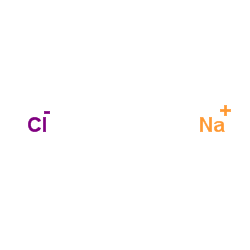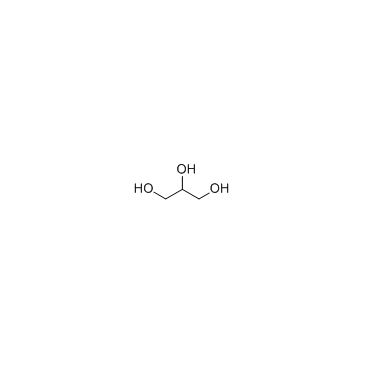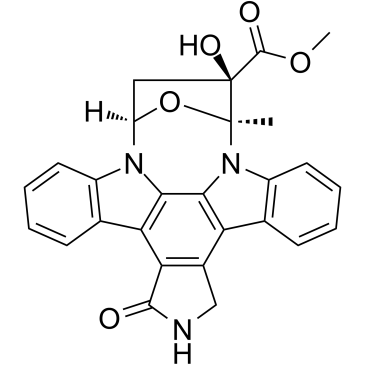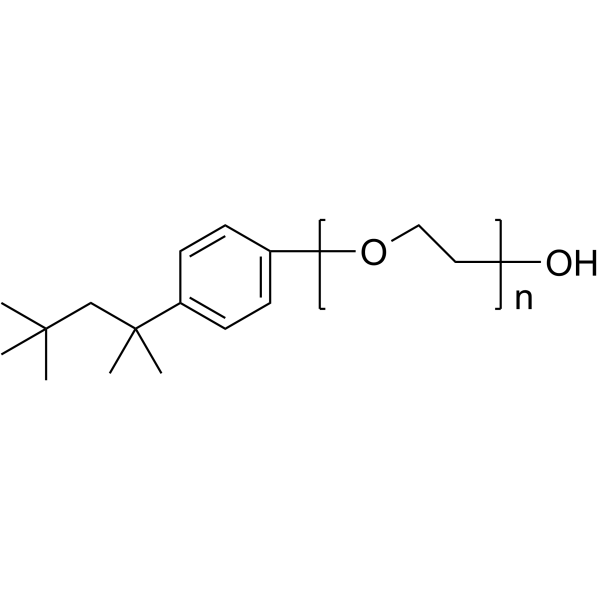| 结构式 | 名称/CAS号 | 全部文献 |
|---|---|---|
 |
氯化钠
CAS:7647-14-5 |
|
 |
甘油
CAS:56-81-5 |
|
 |
(+)-抗生素 K 252A
CAS:99533-80-9 |
|
 |
曲拉通X-100
CAS:9002-93-1 |
|
 |
氯化钠-35cl
CAS:20510-55-8 |